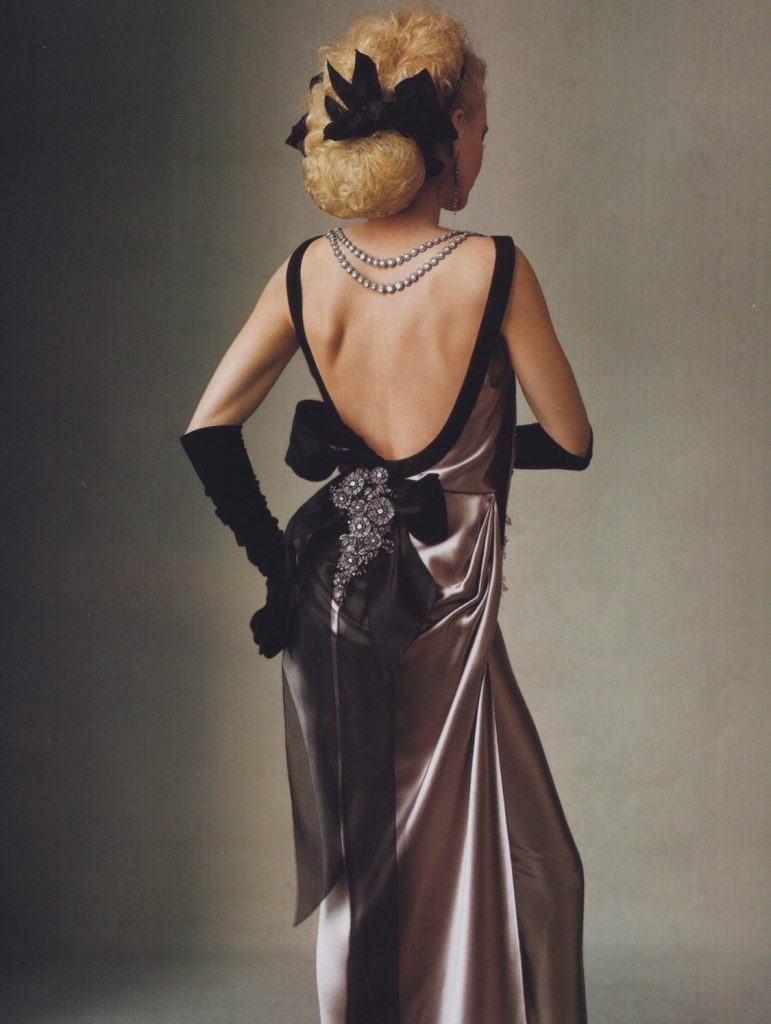
For hundreds—thousands!—of years, if you didn’t want to get married or join a convent, there were really only two other career options available: a life on the stage, or the shadowy world of the courtesan. Both of these choices, though incredibly hard, had major plusses: You got to earn your own money, and, unlike your respectable sisters, you were able to wear makeup.
In fact, the association of bad girls with cosmetics has such ancient roots that the Latin word lenocinium actually meant both “prostitution” and “makeup.” Centuries later, in the Victorian era, something as harmless as lipstick was referred to as the “shame of the streetwalker.”
In honor of the debut today of Harlots, Hulu’s addictive, cold-eyed British drama of life in an 18th-century brothel (it stars Jessica Brown Findlay, who played the luckless Lady Sybil on Downton Abbey), let’s look back at some of the ways these early cocottes achieved their beauty goals.
In the 18th and 19th centuries, the central idea was to look as pale as possible, with ladies of the evening mimicking ladies of leisure, whose pallid complexions were taken as a sign that they never had to go out in the sun. To achieve this end, face enameling—literally painting the skin—became popular, and while this certainly lightened your visage, it also had a serious downside since the main ingredient was often arsenic. Alternatively, you could apply lead powder, one recipe for which included not only lead and vinegar but “a bed of [horse] manure.” There was also Crème Céleste, an ancestor of cold cream that was a combination of spermaceti—from an organ inside a sperm whale’s head—white wax, almond oil, and rosewater. And if none of these appealed, there was always bloodletting.
Smelliness was another matter. The first commercial deodorant, Mum, was not introduced until 1888. Before that you could attempt to mask bodily odors with fragrance. Heavier, no doubt more effective perfumes were the province of prostitutes, since decent women were only permitted lavender water or weak cologne.
If you smelled of scent to high heaven, if your face was condemned to a ghostly pallor (sometimes relieved with a spot of feverish rouge), your eyes were meant to echo the luminousness of a tuberculosis sufferer. Drops of orange or lemon juice (ouch) were used as brighteners, or you could instill a faux-glow with belladonna, though unfortunately this also clouded your vision.
But who needs perfect eyesight when you are sitting, pale as a cloud, having dinner a deux with some monied gentleman in a private compartment at Delmonico’s, your ghostly face gleaming under the gaslight?
By Lynn Yaeger for Vogue
3 thoughts on “Inside the Courtesan’s Little Black Book of Beauty Secrets”
Leave a Reply
You must be logged in to post a comment.

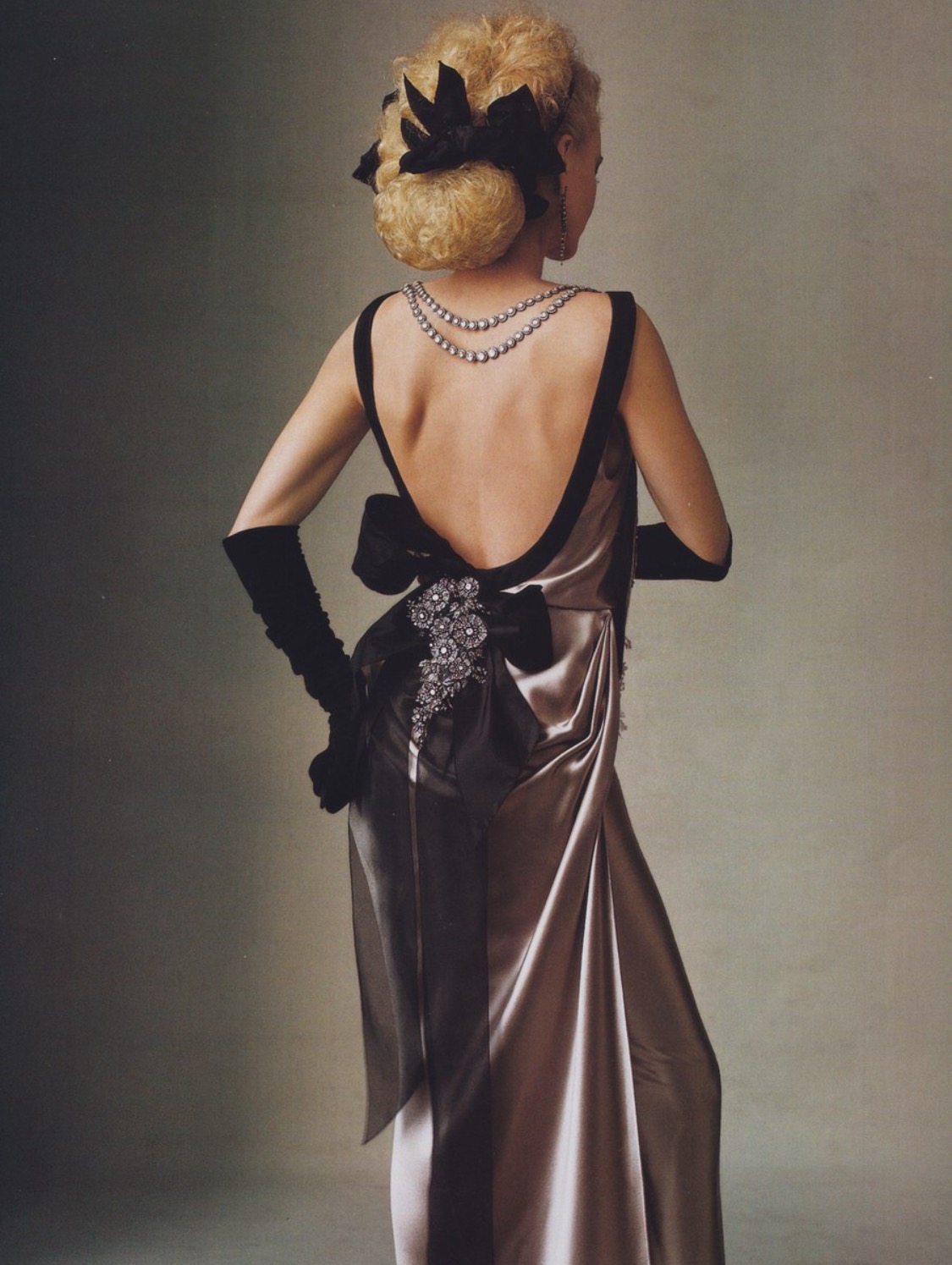
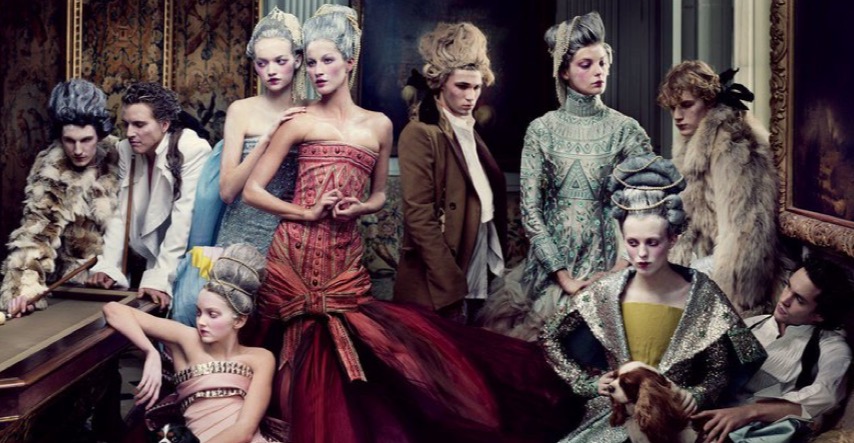

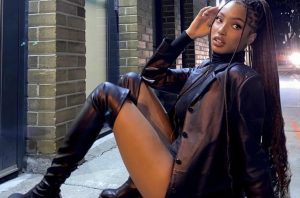
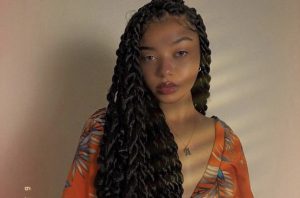
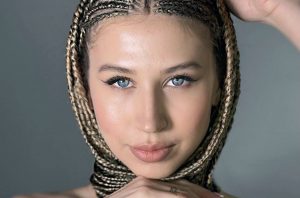
Have you ever thought about including a little bit more than just
your articles? I mean, what you say is important and all.
However think about if you added some great graphics or video
clips to give your posts more, “pop”! Your content is excellent but with images and videos, this site could certainly be one of the
greatest in its niche. Awesome blog!
fotballdrakter
My spouse and I stumbled over here coming from a different web page and
thought I might check things out. I like what
I see so now i’m following you. Look forward to looking over
your web page for a second time.
fotbollstrøjer
Aww bless!